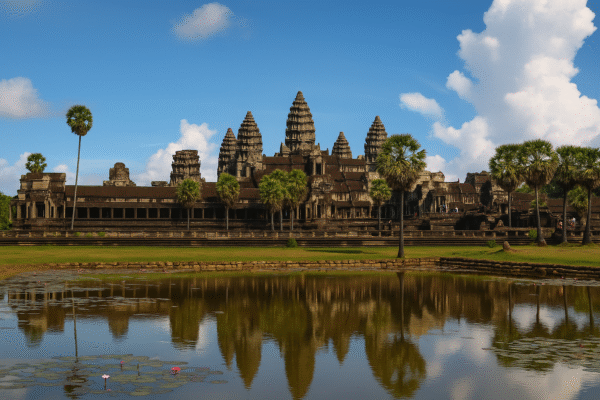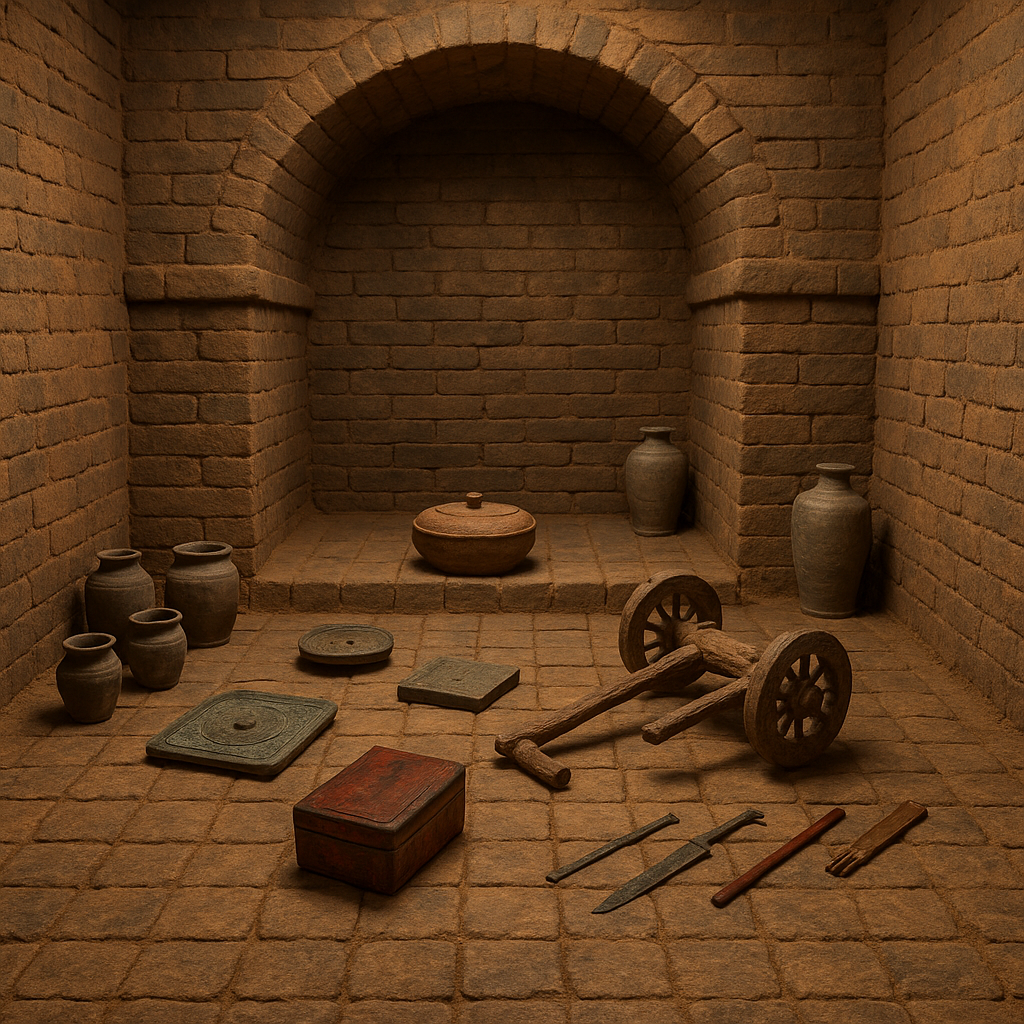RIZHAO, CHINA — A stunning archaeological find has turned the spotlight on the coastal city of Rizhao in Shandong Province, China. The recent unearthing of an 1,800-year-old Han Dynasty tomb, remarkably preserved and untouched, is sparking widespread interest among historians, archaeologists, and travelers worldwide. Touted as one of the most culturally significant discoveries of the decade, the tomb is expected to reshape the region’s tourism prospects and invite a wave of historical exploration into eastern China.
The discovery, made accidentally during municipal park renovations, revealed an ancient family burial site belonging to the Western Han Dynasty. Experts say the tomb—believed to have been sealed since the 2nd century AD—provides a time capsule into the lifestyles, rituals, and social hierarchy of early imperial China.
Cultural Gold Unearthed Beneath Rizhao
The centerpiece of this archaeological marvel is a turtle-shaped bronze seal inscribed with the name “Huan Jia,” pointing to a prominent noble family from the middle to late Han Dynasty era. Alongside it, over 70 burial artifacts—including bronze mirrors, lacquer boxes, bamboo hairpins, pottery, and even iron swords—were found in pristine condition.
While two adjacent tombs were looted long ago, this main chamber remained intact, yielding clues to a family’s elevated status and their elaborate burial customs. The presence of a partially preserved wooden funeral carriage is especially rare, suggesting the family’s elite standing and offering scholars fresh insight into Han Dynasty funeral rites.
From Hidden Tomb to Tourist Magnet
Rizhao, traditionally known for its sun-kissed beaches and maritime economy, is now being rebranded as a cultural heritage destination. Chinese tourism authorities and local planners have already mobilized plans to protect, preserve, and showcase the site to a growing audience of heritage-seeking travelers.
The tomb’s proximity to Rizhao’s urban center and its excellent connectivity—via China’s expanding high-speed rail and expressway networks—positions it favorably for tourism growth. Jinan, Qingdao, and even Beijing are within reach, enabling easy weekend trips and day tours for domestic and international visitors alike.
Tourism Economy Gears Up for Historic Revival
Industry experts predict that Rizhao’s emergence as a heritage hotspot will significantly boost Shandong’s cultural tourism economy. According to China’s Ministry of Culture and Tourism, domestic cultural tourism generated over ¥2.1 trillion in 2024, accounting for more than 30% of all domestic tourism revenue.
The tomb site, which is expected to be integrated into a larger heritage park, could potentially attract millions of visitors annually. Plans under review include constructing a museum complex, visitor center, interactive displays, and virtual reality experiences to immerse tourists in the Han Dynasty era without compromising the tomb’s preservation.
Artifacts Reveal Ancient China’s Opulence
The range of artifacts uncovered—copper seals, glazed pottery, intricately carved combs, and lacquered wooden chests—speaks volumes about the sophistication of life during the Han Dynasty, often referred to as one of China’s most influential imperial periods.
The find also sheds new light on gender roles and family structure in early Chinese society. Items believed to belong to a woman and man suggest a couple buried together, possibly surrounded by family members or loyal attendants.
Their carefully prepared tomb—complete with weaponry, grooming tools, ceremonial objects, and symbols of status—provides rare insight into how the Han viewed death as a continuation of life’s social order.
Aligning With China’s National Tourism Strategy
This discovery dovetails with China’s broader campaign to develop its “in-depth tourism” model, which encourages exploration beyond mega-attractions like the Great Wall and Forbidden City. Rizhao is now poised to capture a growing demographic of travelers who seek authentic cultural engagement and off-the-beaten-path experiences.
Through government-backed initiatives and private-sector partnerships, this newfound site could soon become a pillar in China’s national cultural tourism circuit. Plans include digital storytelling platforms, multilingual tours, and student education programs in collaboration with universities and museums.
Preservation Challenges and Sustainable Promotion
Experts caution that the rapid transformation of archaeological sites into tourism hubs must be carefully managed. Over-tourism, environmental wear, and lack of infrastructure can degrade sensitive sites. Rizhao’s officials, learning from past experiences in Xi’an and Luoyang, have committed to a “preserve first, promote second” approach.
Innovative tools like AR-guided tours, touch-free museum exhibits, and limited visitor quotas are being considered to balance visitor engagement with site preservation. Additionally, global best practices in eco-tourism and UNESCO guidelines are being consulted to maintain historical integrity.
Rizhao’s Cultural Reawakening Begins
For travelers, the allure of Rizhao now goes beyond sandy beaches and seafood. The ancient Han Dynasty tomb offers a unique portal into a bygone era—one that invites curiosity, reflection, and reverence.
With China reopening its borders and international tourism steadily rebounding, Rizhao has an opportunity to emerge as a cultural destination of global interest. Whether it becomes a new Xi’an or a boutique archaeological attraction depends on how well the city integrates its historical legacy with modern tourism strategies.
As the tomb’s secrets continue to surface, the city of Rizhao stands ready to welcome the world—offering visitors a journey not just through geography, but through time.
For more travel news like this, keep reading Global Travel Wire

















